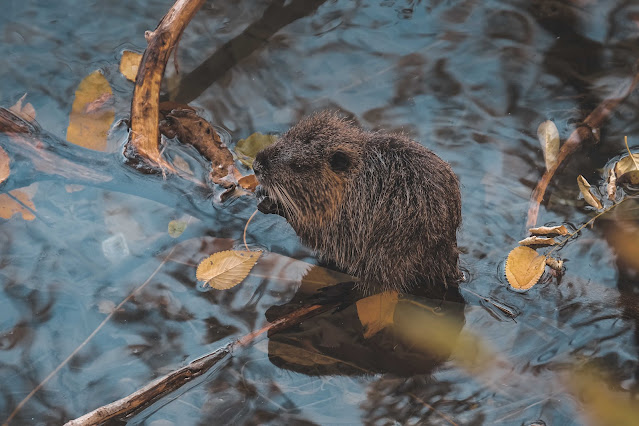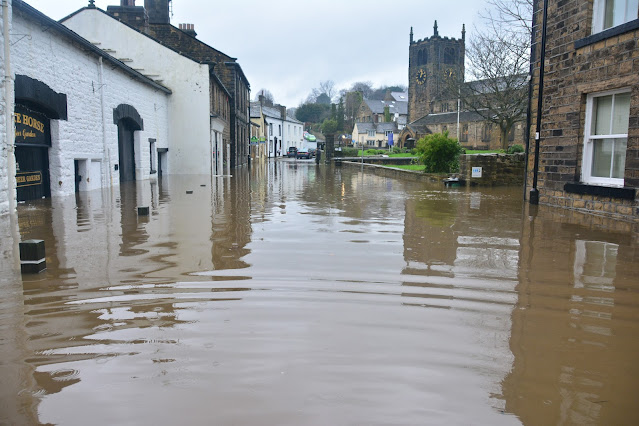The Power of Rewilding: A Path to a Sustainable Future
The Power of Rewilding: A Path to a Sustainable Future
Rewilding is not just a buzzword; it's a powerful solution to some of the most pressing global challenges we face today. From addressing the climate crisis to reversing the alarming loss of biodiversity and revitalizing our communities, rewilding offers a multifaceted approach that holds the potential to transform our world for the better. In this article, we will delve into seven compelling ways rewilding can make a significant impact on our planet and our lives.
1. A Natural Climate Solution
Our battle against climate change requires innovative strategies, and rewilding is a formidable ally. Natural ecosystems, including forests, peatlands, salt marshes, and more, have an unparalleled ability to absorb and store carbon dioxide. In the UK alone, by restoring and safeguarding native woodlands, peatlands, heaths, and species-rich grasslands over 30% of the country could capture a staggering 12% of its greenhouse gas emissions. For instance, Steart Marshes' restored wetlands have already sequestered over 18,000 tonnes of carbon in just four years.
2. Boosting Local Economies
The rewilding of lands and seas is not only an ecological endeavour but also an economic boon. It fosters a thriving ecosystem of employment opportunities, ranging from the restoration of rivers to the coexistence of livestock management with wildlife guidance and community-based activities. This, in turn, draws more visitors to the area, supporting eco-tourism experiences and stimulating local businesses such as cafes, pubs, and shops. Over a mere decade, rewilding initiatives across England and Wales led to a remarkable 65% increase in jobs and a fourteenfold surge in volunteer positions.
3. Reversing the Tide of Biodiversity Loss
By allowing diverse habitats to reestablish themselves, from woodlands to seagrass meadows to peatlands and scrub, rewilding provides a lifeline for wildlife. Furthermore, connecting these restored ecosystems allows species to adapt to changing climates, averting potential extinctions. In the case of Dundreggan in the Highlands, where native forests are recovering from centuries of intensive grazing, over 4,000 species now thrive, including majestic golden eagles.
4. Enhancing Health and Well-being
Rewilding is not solely about wildlife; it's about people too. Restored natural landscapes offer peaceful escapes, open-air gyms for exercise, outdoor classrooms for education, and a means to connect with others. This has led to the adoption of "social prescribing" by healthcare professionals, referring patients to local, non-clinical services to improve physical and mental health. Initiatives like Mapperton Wildlands in Dorset are at the forefront of this trend.
5. Purifying Air, Water, and Nourishing Soils
Functional ecosystems directly benefit us all. Healthy soils provide nourishing food, trees act as natural air filters and unpolluted rivers offer clean water—indispensable elements of life. Shockingly, only 14% of rivers in Britain are in good ecological condition. However, the reintroduction of beavers to suitable habitats can significantly enhance water quality, as beaver dams and ponds have been shown to reduce nitrogen pollution in watercourses.
6. Strengthening Communities
When communities are integral to the rewilding process, a powerful sense of unity and purpose emerges. Collaboratively envisioning a shared future not only brings people closer together but also fosters a sense of ownership and belonging. It creates jobs and offers opportunities for health and well-being, as exemplified by Scotland's Langholm, where the community transformed a grouse moor into a nature reserve through crowdfunding.
7. Mitigating Extreme Weather Events
Nature is a vital tool for mitigating the consequences of climate breakdown. Ecosystems rich in native trees and scrub absorb more water, reducing the risk of flash floods. Moreover, healthy soils and diverse habitats are less susceptible to wildfires compared to intensively grazed grasslands and damaged moorlands. Rewilding, with measures such as "re-wiggling" rivers and reintroducing beavers, can provide cost-effective alternatives to traditional flood defences.
In conclusion, rewilding isn't merely a noble pursuit; it's a strategy that aligns with E-A-T guidelines, offering a holistic approach to address climate change, protect biodiversity, boost local economies, enhance well-being, and fortify communities. Its potential is undeniable, and as we embrace rewilding, we are not just conserving nature; we are revitalizing our planet and securing a sustainable future for generations to come. Join the rewilding movement today, and be part of this transformative journey towards a brighter tomorrow.




Comments
Post a Comment
Please respect others users and refrain from posting racist, abusive, pornographic or spam-related comments. All such comments will be deleted and the poster may be reported to the relevant body.